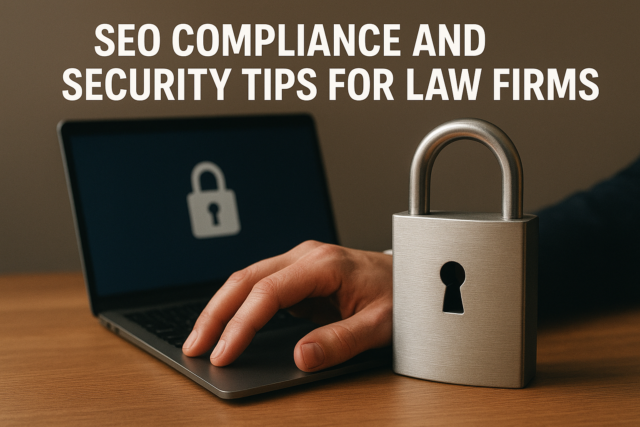As the use of images on the web continues to grow, optimizing for image search engines has become increasingly important. With the right strategies, you can ensure more people see your images and drive more traffic to your website. This article will explore the best practices for optimizing your images for search engines.
Introduction to Image SEO
Images play a vital role in website design, and they can make a website more appealing and engaging for users. When it comes to search engines, ideas can help you rank higher in image search results, and they can also improve your website’s overall search engine optimization.
Importance of Image SEO
Images can make your website more visually appealing and engaging, increasing user engagement and time spent. By optimizing your images for search engines, you can ensure that they are seen by more people, which can help improve your website’s traffic and visibility. Image SEO can also help you rank higher in search engine results pages (SERPs), leading to more clicks and conversions.
Optimizing images for search engines can help improve your website’s visibility in search engine results pages (SERPs) and drive more traffic to your site.
Here are some best practices for optimizing images for search engines:
Choose relevant and descriptive file names:
Use descriptive names for your image files that reflect the image’s content. This can help search engines understand what the image is about.
Use alt tags:
Alt tags are descriptions you can add to your images to provide information about the image’s content. This can help search engines understand what the image is about and can also help visually impaired users who use screen readers to understand the content of your page.
Use high-quality images:
High-quality images can help improve the user experience on your website, leading to higher engagement and more shares. They can also help your website rank higher in search results.
Optimize image size and format:
Images that are too large can slow down your website’s loading time, negatively affecting your website’s SEO. Use image compression tools to optimize your images without sacrificing quality. Also, use the appropriate image format (such as JPEG or PNG) based on the type of image and its intended use.
Use structured data:
Structured data can help search engines understand the content of your website better, including the images on your site. Use structured data markup to provide additional information about your images, such as the author, the date it was created, and the image caption.
Consider image placement and context:
The order and context of your images on your website can also impact their search engine optimization. For example, images placed near relevant text can help reinforce the content of your page and improve your website’s overall relevance. Additionally, consider the context of the image itself and whether it relates to your website’s general theme or topic.
Use descriptive captions:
Captions can provide additional context for your images and help improve their search engine optimization. Use descriptive captions that accurately reflect the image’s content and use relevant keywords where appropriate.
Consider image sitemaps:
An image sitemap is a file that provides search engines with additional information about the images on your website. This can include details such as the image URL, caption, and file type. Including an image and a sitemap can help ensure that search engines correctly index your photos and can also help improve their visibility in search results.
Use social sharing buttons:
Encouraging social sharing of your images can help increase their visibility and drive more traffic to your website. Include social sharing buttons on your website to make it easy for users to share your images on their social media profiles.
By following these best practices, you can optimize your images for search engines and improve your website’s visibility in search results.
Faq’s
What is the importance of optimizing images for search engines?
Optimizing images for search engines can help improve your website’s visibility in search engine results pages (SERPs) and drive more traffic to your site.
What are alt tags?
Alt tags are descriptions you can add to your images to provide information about the image’s content. This can help search engines understand what the image is about and can also help visually impaired users who use screen readers to understand the content of your page.
How do high-quality images affect SEO?
High-quality images can improve your website’s user experience, leading to higher engagement and more shares. They can also help your website rank higher in search results.
Why is an image size and format important for SEO?
Images that are too large can slow down your website’s loading time, negatively affecting your website’s SEO. Using image compression tools to optimize your images without sacrificing quality and using the appropriate image format (such as JPEG or PNG) based on the type of image and its intended use can help improve your website’s loading speed and SEO.
What is structured data markup?
Structured data markup is a way to provide additional information about your website’s content to search engines. By using structured data, you can help search engines better understand the content of your website, including the images on your site.





